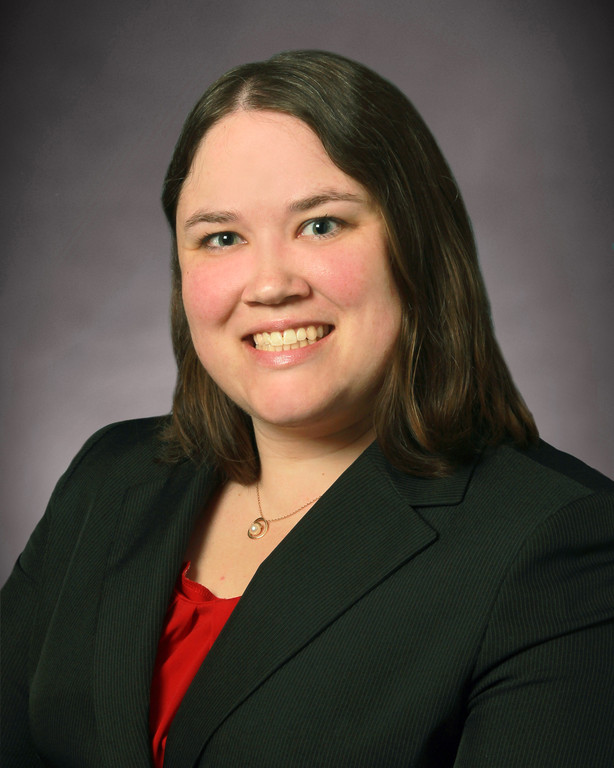According to the NSF website, the NSF CAREER grants are given to early-career faculty who have potential to serve as academic role models in research and education and lead advances in the mission of their department or organization.
Simon will use this grant to further advance the mission of her research lab — Biomedical Acoustics Simon Lab (BASiL) — which focuses on developing diagnostic and therapeutic ultrasound to improve human health. Specifically, she plans to use the grant to help improve the understanding of where bubbles form in healthy and diseased tissues.
“Bubbles are a concern in every ultrasound application because the oscillation and collapse of bubbles in an acoustic field can damage tissues,” Simon said. “In diagnostic applications of ultrasound, the goal is to minimize the likelihood of forming bubbles to avoid unwanted tissue damage. However, in therapeutic applications of ultrasound, bubbles are needed to concentrate the acoustic energy to break kidney stones or emulsify cancerous tumors.”
By understanding the fundamentals of where bubbles form in tissues and how the bubbles are influenced by diseases, Simon’s research lab group will be able to develop safer and more effective ultrasound diagnostics and therapeutics.
Simon also plans to use the grant to begin working on an educational component of her research.
“We are leveraging the research to develop an interactive classroom activity kit and teachers’ workshop in collaboration with the Center for Science and the Schools,” Simon said. “We are also working to educate graduate students on scientific communication and outreach so we can better educate the public on the exciting research being conducted at Penn State.”
Simon credits the mentorships and collaborations that Penn State has provided her with as the driving force that helped her succeed in receiving this prestigious grant.
“In my three years at Penn State, I have had the privilege of being mentored by and working with some very successful faculty,” Simon said. “Their advice and willingness to collaborate along with exposure to the diverse array of research being conducted at Penn State helped extend my CAREER grant ideas beyond my current expertise.”
Original post https://alertarticles.info


